Q: What did the fish say when it bumped its head?
A: DAM!
So, I used to tell this kids’ joke to my students in digital imaging when speaking about the role of Digital Asset Management, or DAM. OK, so why does DAM matter to audiophiles, and well, just about everyone else on the planet who does searches on the internet? Because without it, you couldn’t play your favorite song, from either streaming sources or even locally-stored music files. The importance of DAM was in evidence at the last DAM New York 2022 conference, held at the New York Hilton Midtown in September 2022.
Digital asset management is a way of organizing and making data searchable. In many ways it doesn't much matter what the data is. DAM can work for music data, video files, graphics files such as photographs and those created by Adobe Illustrator – in fact, just about anything digital. With a bit of effort, even your LP collection can be organized with DAM software. You would be right to consider that a database or spreadsheet is also a form of digital asset management, but the key to how current DAM solutions work is in how they automate the task, and use both standardized and custom keywords.
To put this in an audio perspective, what made iTunes so revolutionary wasn’t that it could play music; it was that it could organize music, and include metadata such as track number, song and album title, artist, composer, artwork and more. For most users this was invisible. Want the Dead Kennedys? OK, just search for their name, and up pops your music. For locally-stored files this is pretty simple, especially when their number is limited. But when you’re streaming files, it’s a far more difficult task. Most of us have at one time or another had to edit metadata, add artwork to titles, update missing information and so on, but it’s a pain, and if you extrapolate this to, say, 100,000 songs, it’s obvious that something needs to assist in the task.
For most (that is, millions of) users, iTunes hid its DAM roots, and came across as an easy to use (in the beginning at least) music player. Then Apple added videos, podcasts, games, iPhone integration, and more. But, without a strong DAM engine it’d be pretty useless. Photographers have long had to grapple with this, and the advent of Adobe Photoshop Lightroom came about as Adobe began to realize that while Photoshop grew out of a single-image mentality, photographers with later generations of digital cameras were shooting hundreds of photos at a time. As a result, in 1999 Mark Hamburg (one of the creators of Adobe Photoshop), proposed a new tool, Adobe Photoshop Lightroom, under the working title of Shadowland, and included around a robust DAM tool, coupled with the digital image manipulation tools of Adobe Photoshop and Camera Raw. (Eventually Lightroom added its Book, Printing, Faces, Web, and Maps modules for even more comprehensive functionality.) Fun fact: Shadowland was a reference to the great album by k.d. lang.
But the key to success is wrangling all those files into some reasonably organized form. Or else, you might spend weeks searching for that photograph of Frank Doris holding the original Telarc digital master tape of the 1812 Overture. Accordingly, tools like Roon (a music management platform) are also powerfully integrated DAM tools, and while you might not necessarily use them to create a file and storage structure, they can present an ordered structure to make it easy to peruse your music library and other digital assets. Which brings me back to the DAM New York 2022 conference.

Speaking of archival treasures from the dawn of digital audio, here is editor Frank Doris holding the precious master tape for the famed recording of the 1812 Overture on Telarc Records, conducted by Erich Kunzel with the Cincinnati Pops Orchestra. Utilizing the pioneering Soundstream digital recording system, this 1979 release proved as equally popular with amplifier and speaker repair centers as well as with audiophiles seeking to test their phono cartridge’s tracking ability. As for Frank’s bad hair day, it was a different color before we were treated to hearing the mighty cannon blasts on the massive system AES 2017 attendees experienced, featuring mammoth PMC loudspeakers with remarkable low bass extension. You can now find this recording with the help of DAM and a search engine. So far, even the newest AI DAM tools have been at a loss to describe what happened to Frank’s hair.
With more than 70-plus speakers across more than 50 sessions covering metadata, integration, video workflow, creative operations, AI, corporate archives, automated workflows, rights management, user adoption and more, it was a professionally and smoothly-run event organized by Henry Stewart Conferences. It included a variety of exhibitors and presenters, from the largest brands on the market to museums struggling with providing users with an easy way to find materials while also acting as archives. It’s easy to assume these are similar, but they are in fact very different missions.
One ironic sign of a successful conference is that there is so much content, so much that for every great session you’d want to see there are many more at the same time, all excellent. To give an idea of the caliber, there were presenters from Amazon, L’Oreal, FIFA, Tyson Foods, HomeServe, Adobe, IBM, Feld Entertainment, Mars Inc., The Hershey Company, St. Jude’s Children’s Hospital, Saks, Salt Flats, Toronto Metropolitan University (formerly Ryerson), Citi, Amway, Airbnb, Disney Parks, Hilton, The Metropolitan Museum of Art, W.L. Gore & Associates, McCormick, Canadian Broadcast Corporation, Showtime, Mayo Clinic, Stanley Black & Decker, Audacy, and Clinique…this list leaves out many, many others. It was a cornucopia of expertise, and even though I am not inexperienced with DAM, the level of discourse was fantastic, and challenging. Almost everything that makes the internet the internet is covered by DAM.

Natacha Pamphile, Marie Deane, Lori Ann Freda, Kristen Voss, and Charles Le Couilliard met attendees with welcoming smiles.
Peter Krogh, one of the most respected folks in DAM, and author of The DAM Book, seen here discussing his new company and product, digital asset management platform MediaGraph. The author’s switch to the .DNG (digital negative) format was entirely due to Peter’s counseling.
 Every conference needs strong leadership, and Daniel Luper (Managing Director) and Milly Louch (Head of Marketing) of Henry Stuart Events kept things moving smoothly.
Every conference needs strong leadership, and Daniel Luper (Managing Director) and Milly Louch (Head of Marketing) of Henry Stuart Events kept things moving smoothly.
Adobe was there in full force, with Kaushal Mall, Brian Thopsey, Jocelyn Mrha, David Darnell, and Andre Salazar on hand.
What’s most fascinating to me is that all aspects of digital commerce are centered around DAM. Entertainment, retail, healthcare, financial services, education and so many more industries all depend on easily searchable data. But what’s really interesting is how small the number of people is on the DAM teams for even enormous companies. I was astonished to learn that sometimes teams of around five or so people were responsible for millions of music tracks, movies, and more.
The big change hitting the industry is the use of AI to automatically assign keywords, for which the conference provided multiple demonstrations. Adding AI to the effort allows not only speed, but a more accurate and precise application of search terms.
How does this impact you? Well, every time you search for a song on Qobuz, Tidal, Apple Music, or any other streaming service, you are colliding with the world of digital asset management.
Take a genre like ska, for example. Not only would the standard metadata apply – information about the band, album and track titles, composers, record label and so on, but a far broader set of descriptors could also be applied, such as political movements tied to ska, statistics, and even clubs that featured ska. Imagine doing a research paper on ska, and wondering out of what political conditions the genre was born, and if there was a political bent or ideology at play. That’s part of the power of DAM. And a key point to realize is that DAM funds the bottom line, so the more potential uses for a company’s assets are made available through DAM, the more money they can generate.
How well AI will handle the nuances of music and artwork is a work in progress, with the minute variables still being determined. While having lunch, folks at my table were discussing governance, which was one of the most talked-about subjects in the sessions. Simply put, who has access to DAM data, at what levels of corporate structure, and what do they do with it? It reminded me of Steve Jobs’ story about “toner heads” at Xerox, who knew nothing about anything but selling toner. They brought in a lot of profit, and were sort of the rock stars to the corporate suits. But, the toner heads had zero interest in research, development, or innovation. Worst of all, the folks who actually created Xerox’s products were sort of out of sight, out of mind. Hearing about the different battles for governance of DAM in organizational structures seemed similar. Giving everyone involved a say seems like a key concern if organizations are to properly take advantage of what their dedicated DAM teams have to offer.

Jennifer Sunday (Stanley Black & Decker) was a first-time presenter and nailed it. Her talk, “Change Management and DAM: How it Benefits Governance and User Adoption” tackled a consistent issue with DAM, that of governance within an organization.
The idea that AI can not only assist with organizing music files but also start analyzing music, going way beyond simple metadata tagging, is an extraordinary prospect. As a photo historian, I’ve spent a large chunk of my free time over the past 35-plus years searching for images, making copies of 35 mm slides, labeling them, and entering them into a database. Later, as institutions like the Library of Congress started offering their holdings online and making them available for downloads, those nights shifted from staring at 35 mm slides on a fluorescent light box to downloading high-resolution scans and viewing them on a color-calibrated NEC display on a digital light box.
Museums have a unique challenge. As Douglas Hegley from the Metropolitan Museum of Art discussed in his presentation, if the museum has 10 visitors a year who access an asset or object in their collection, they consider that a success, whereas in other industries, 10,000 searches might be considered a failure. Another difference is that for a museum, DAM is coupled with their archival academic mission. Normally, archival data is meant to be permanent – once entered, it’s supposed to be there forever, a library of permanence. On the other hand, for retail applications, data isn’t meant to be permanent. As products are retired, the job of DAM and the data associated with them is over. At this point in time, music storage seems closer to the museum model of data archiving, but time will tell.
To shift gears a bit: how was I able to find those pristine Roger Fenton scans from his work in 1855 photographing the Russian Invasion of Crimea? (Fenton was the world’s first war photographer.) DAM, that’s how. When I wanted to play a song that referenced the invention of the tintype, the soliloquy from Roger and Hammerstein’s Carousel, how was I able to stream it in seconds for my students to hear the lyrical reference to tintype?. DAM, that’s how. And finally, when the new Steven Wilson Dolby Atmos remix of Van Morrison’s classic Moondance is available, it will be DAM to the rescue when I go searching for it.
Here are more scenes from DAM New York 2022.

Alyana Ladha and Patrick Meehan from digital asset management company Tenovos share a warm moment with and Daniel Luper of Henry Stewart Events, and John Bateman from Tenovos.

Zack Bolton (Sr. Editorial Manager), and Jorge Santoscoy (Media Asset Specialist) from National Geographic were the author’s lunch companions.

Mindy Carner, a DAM ontologist, taxonomist, metadata generalist and guru, during a session for Amazon.

John Horodyski showing off an uber-cool prize T-shirt.

Edward Williams (Marketing Executive) of Henry Stuart Events, and Lisa Grimm (VP and DAM evangelist) of Digizuite taking a break with a local favorite beer.
 Orange Logic had plenty of badge add-ons on hand. The author’s badge sported an “I MAKE THINGS FINDABLE” ribbon.
Orange Logic had plenty of badge add-ons on hand. The author’s badge sported an “I MAKE THINGS FINDABLE” ribbon.
Tobias Frese and Domnique Vieregge of 4ALLPORTAL with delicious Pumpernickel bread from Germany. It was the best-tasting takeaway from the show!

Misti Vogt (Chief of Staff) and Garrett Sayre from Orange Logic sat in some panels to see how others were solving problems.

Sebastian Bardoz (Wedia), Liana Cave (Hilton), Douglas Hegley (Metropolitan Museum of Art) and Corrie Sahli (Sitecore) after their panel “Enterprise Content Operations – What’s DAM Got To Do With It?”
 Sarah Foss (Audacy) and David Lipsey (Conference Chair) after their session “For Your Ears Only: Content, Personalization, and Digital Transformation at Audacy.”
Sarah Foss (Audacy) and David Lipsey (Conference Chair) after their session “For Your Ears Only: Content, Personalization, and Digital Transformation at Audacy.”
Jonathan Steinberg (Getty Archive), Christine Cadotte, and Rebecca Efrat (Canadian Broadcasting Corporation) enjoying a break from speaking.
Atticus Bikos was there to represent one of the finest museums in the world of art: the Art Institute of Chicago, which made this former art professor feel right at home.
If you are interested in a deeper dive into DAM (and other related topics), head on over to https://www.henrystewartconferences.com/events. The New York symposium will return next fall, and events also take place in Los Angeles, Europe and online.
All photos courtesy of Harris Fogel.




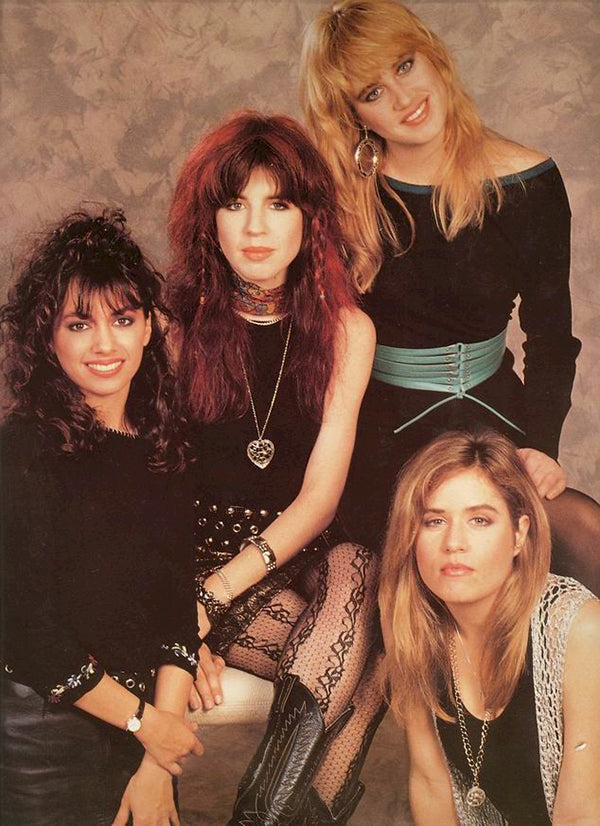
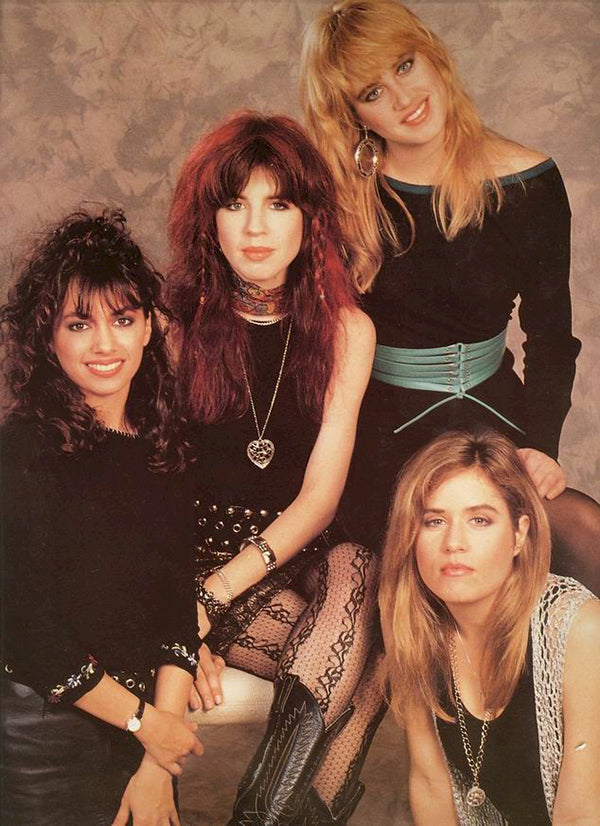


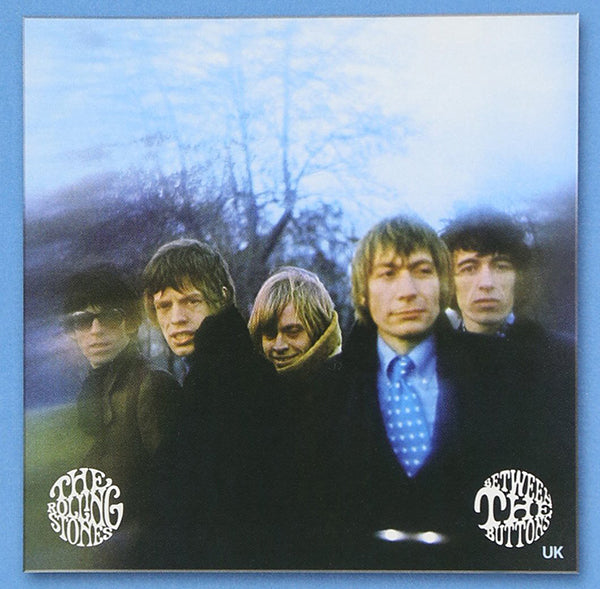
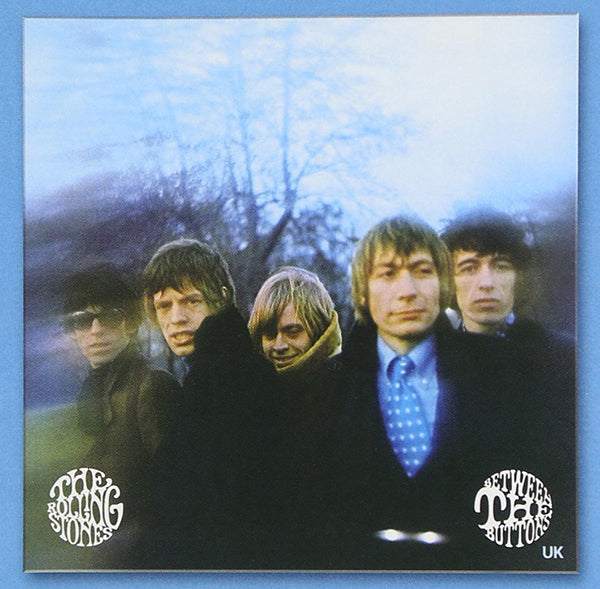

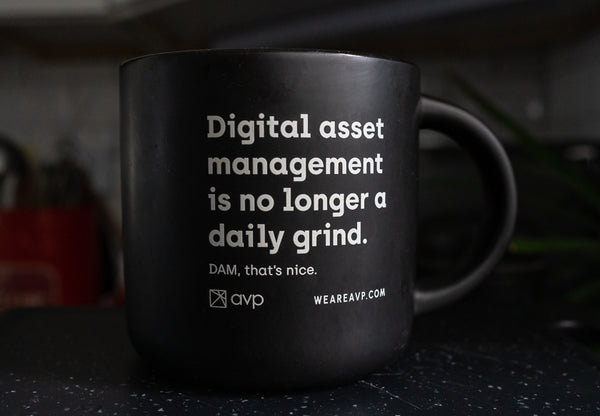
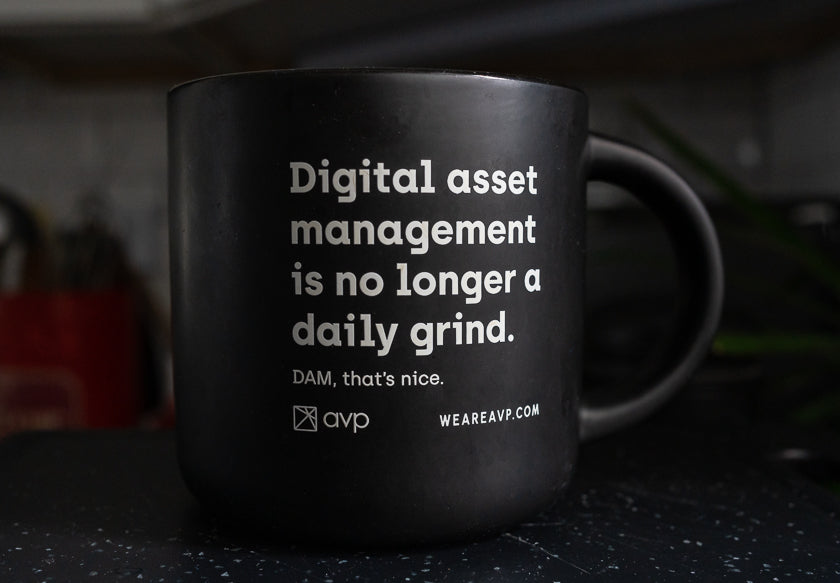



 Every conference needs strong leadership, and Daniel Luper (Managing Director) and Milly Louch (Head of Marketing) of Henry Stuart Events kept things moving smoothly.
Every conference needs strong leadership, and Daniel Luper (Managing Director) and Milly Louch (Head of Marketing) of Henry Stuart Events kept things moving smoothly.






 Orange Logic had plenty of badge add-ons on hand. The author’s badge sported an “I MAKE THINGS FINDABLE” ribbon.
Orange Logic had plenty of badge add-ons on hand. The author’s badge sported an “I MAKE THINGS FINDABLE” ribbon.


 Sarah Foss (Audacy) and David Lipsey (Conference Chair) after their session “For Your Ears Only: Content, Personalization, and Digital Transformation at Audacy.”
Sarah Foss (Audacy) and David Lipsey (Conference Chair) after their session “For Your Ears Only: Content, Personalization, and Digital Transformation at Audacy.” 




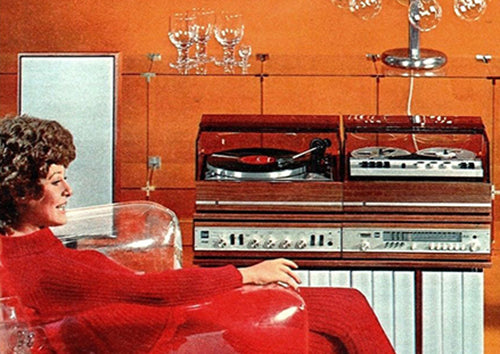
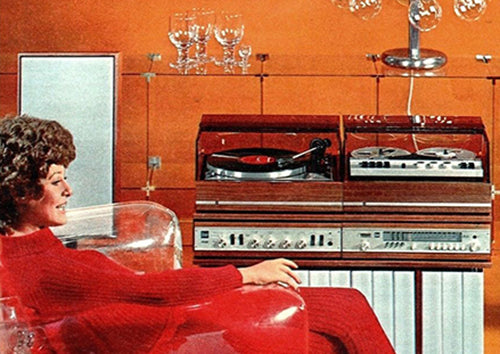






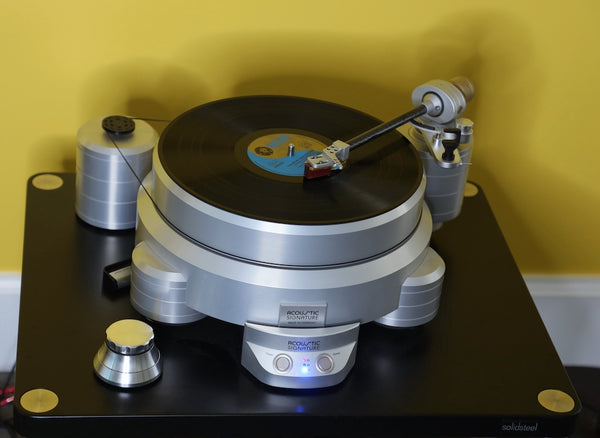
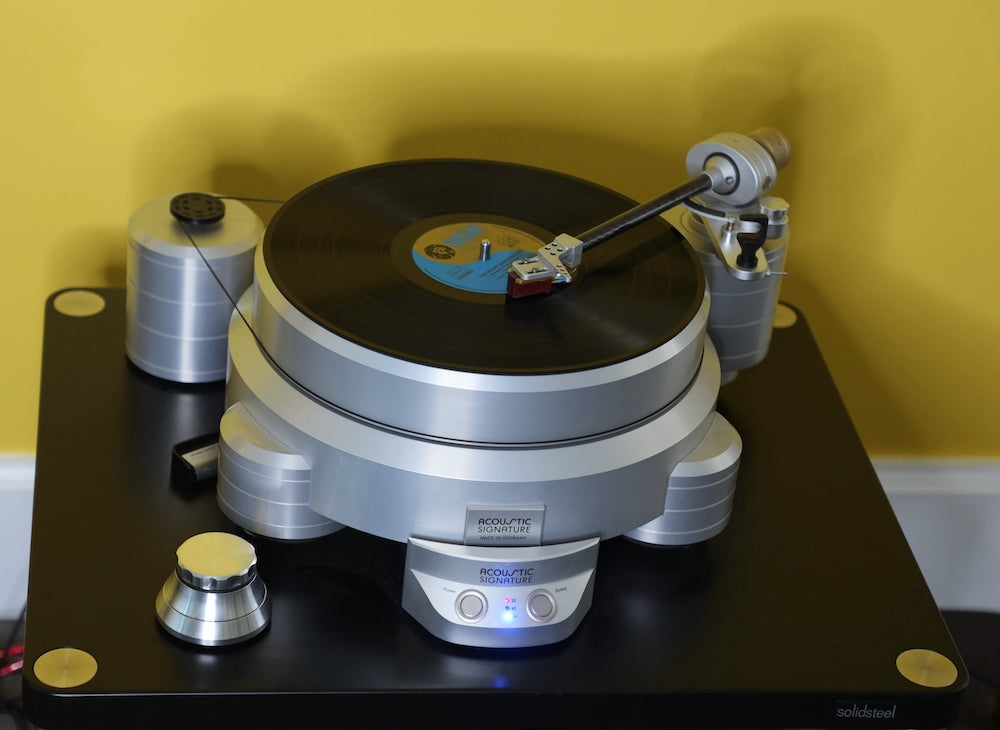

 Detail of the TA-5000 NEO arm.
Detail of the TA-5000 NEO arm.


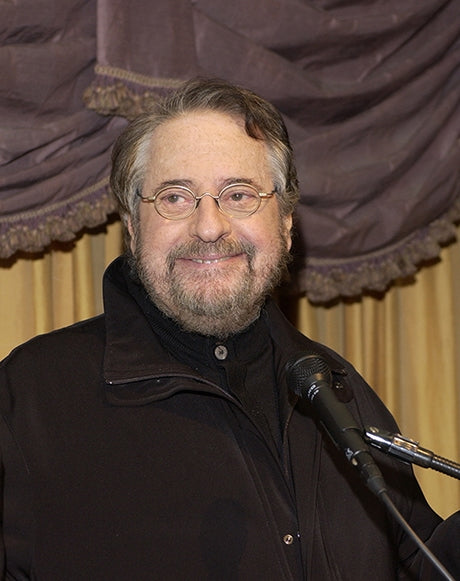
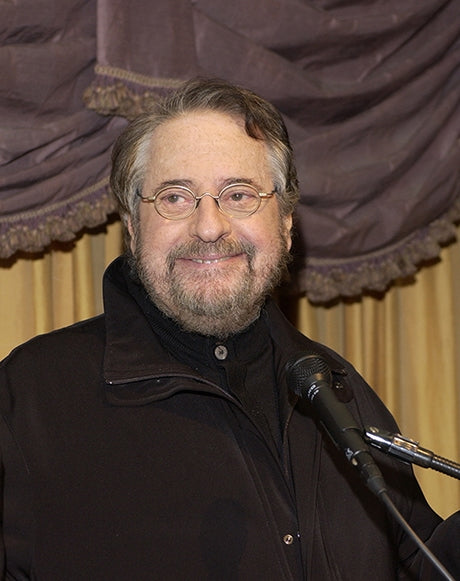
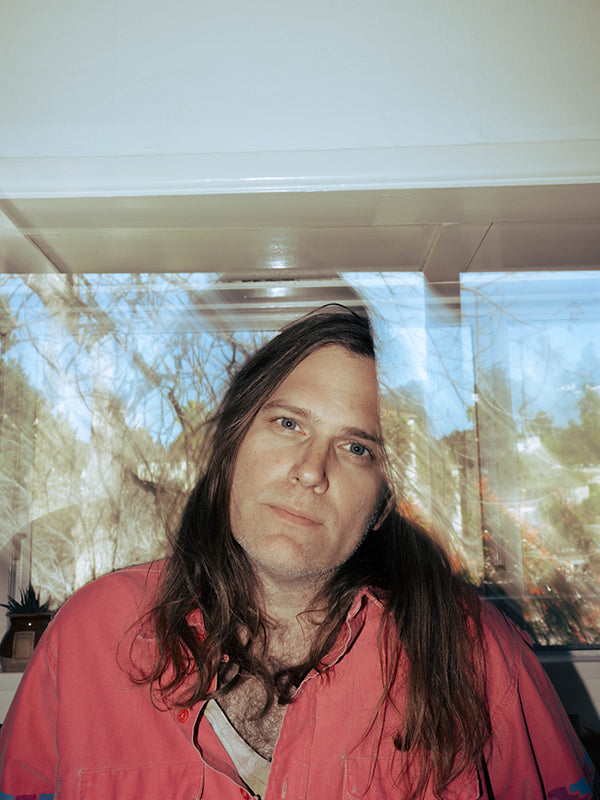
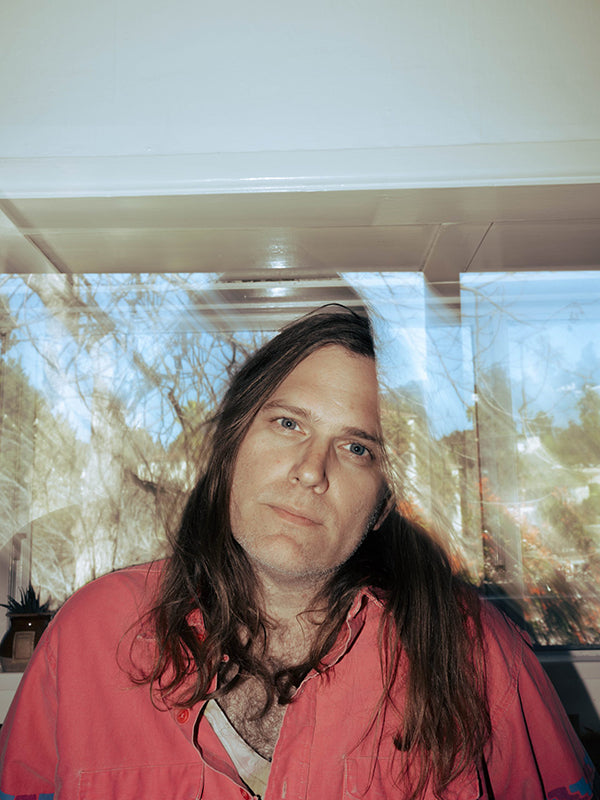
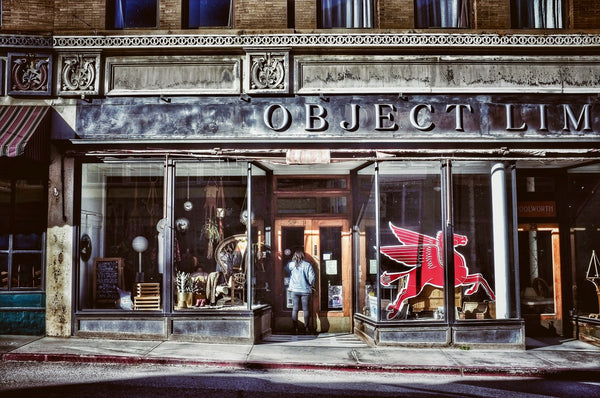
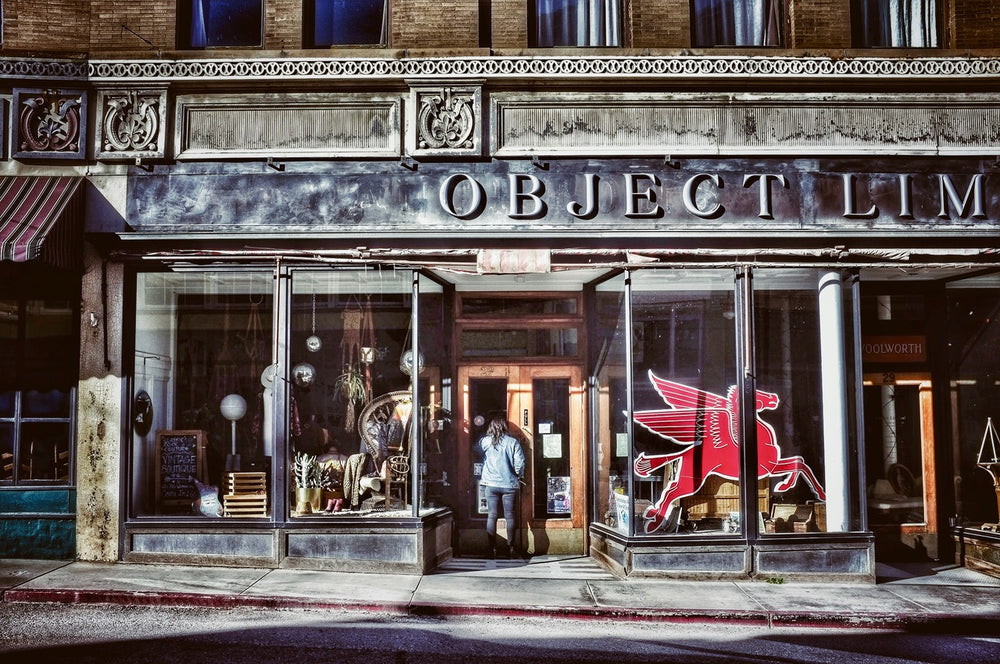



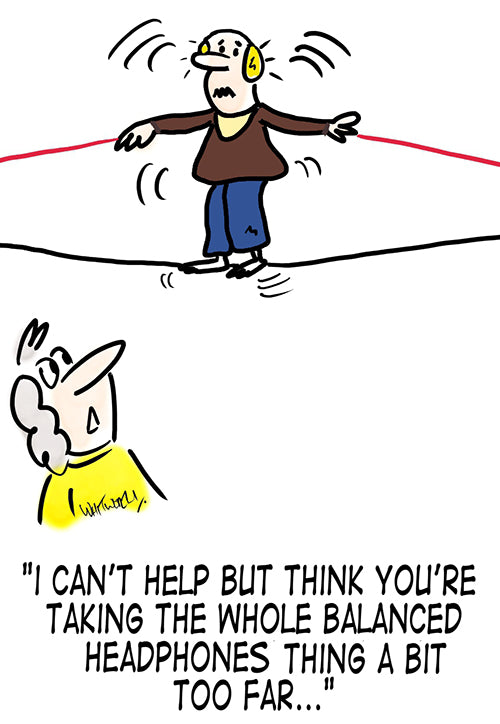
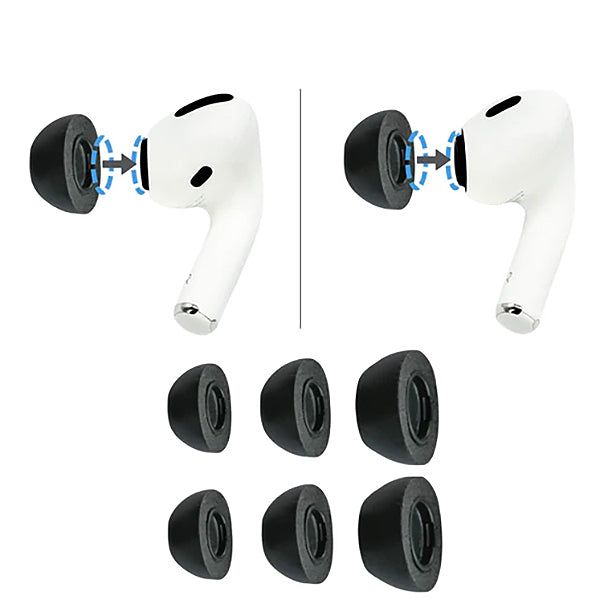
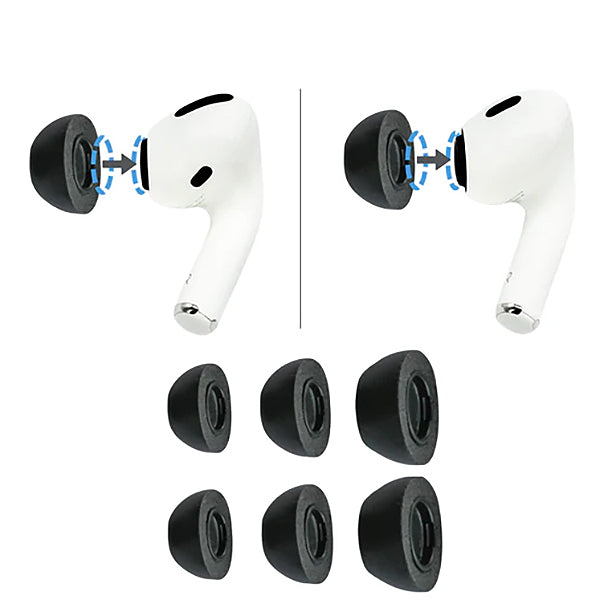


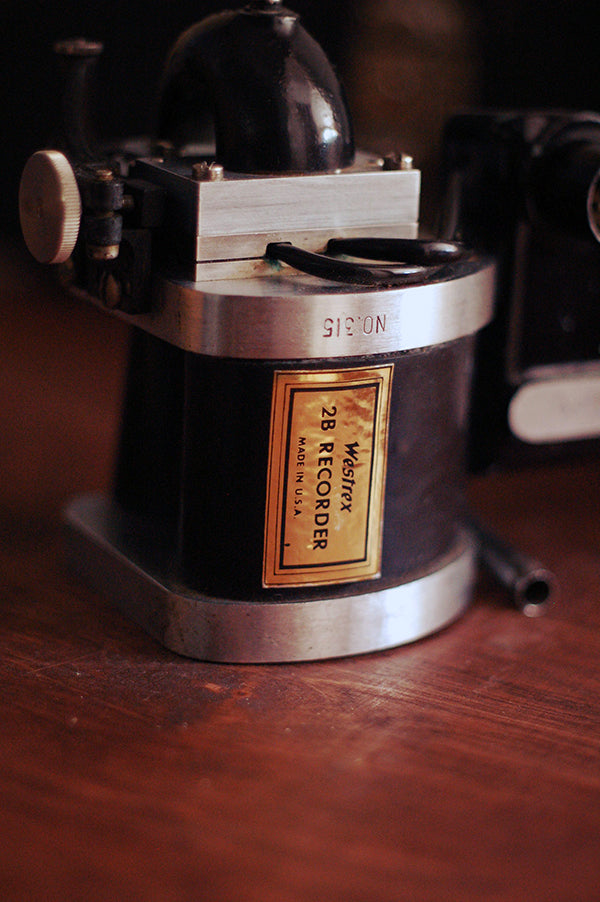
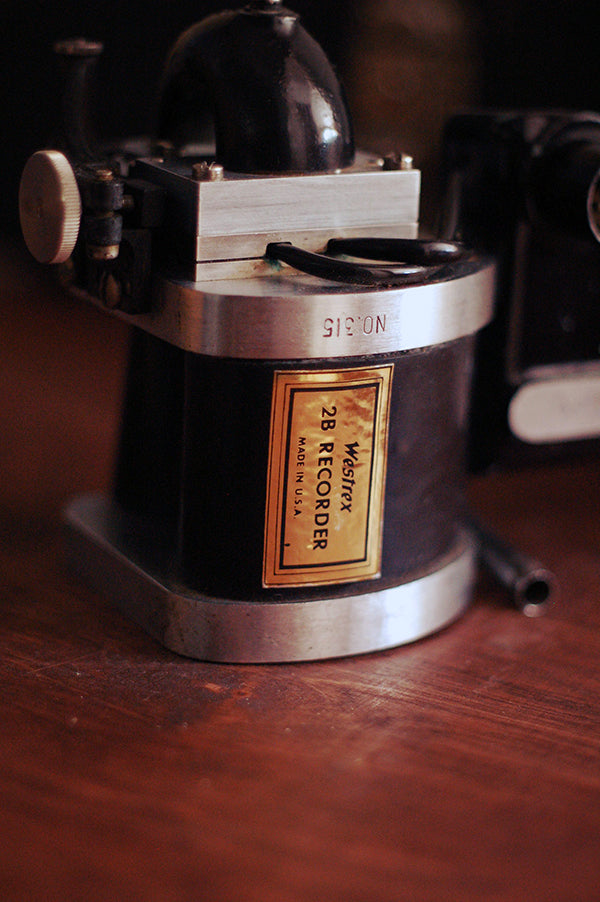






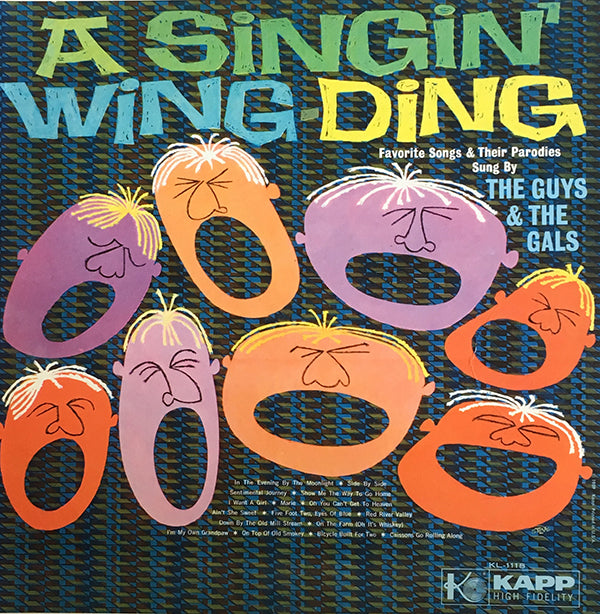
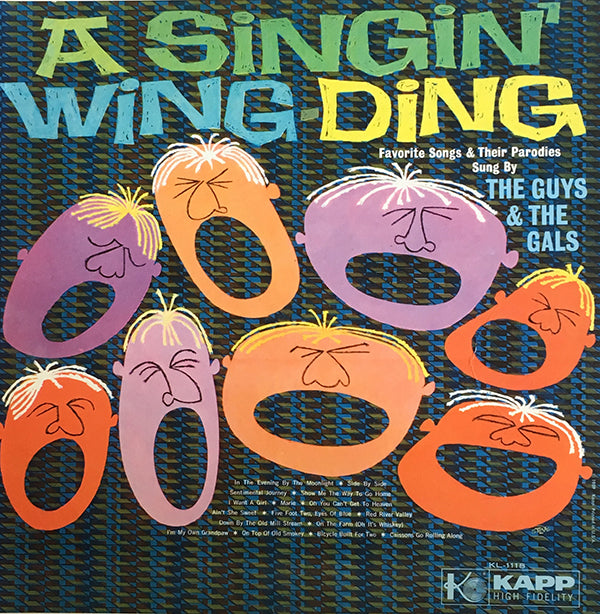




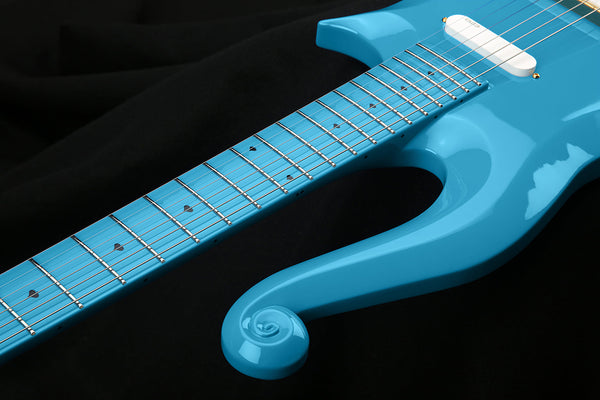
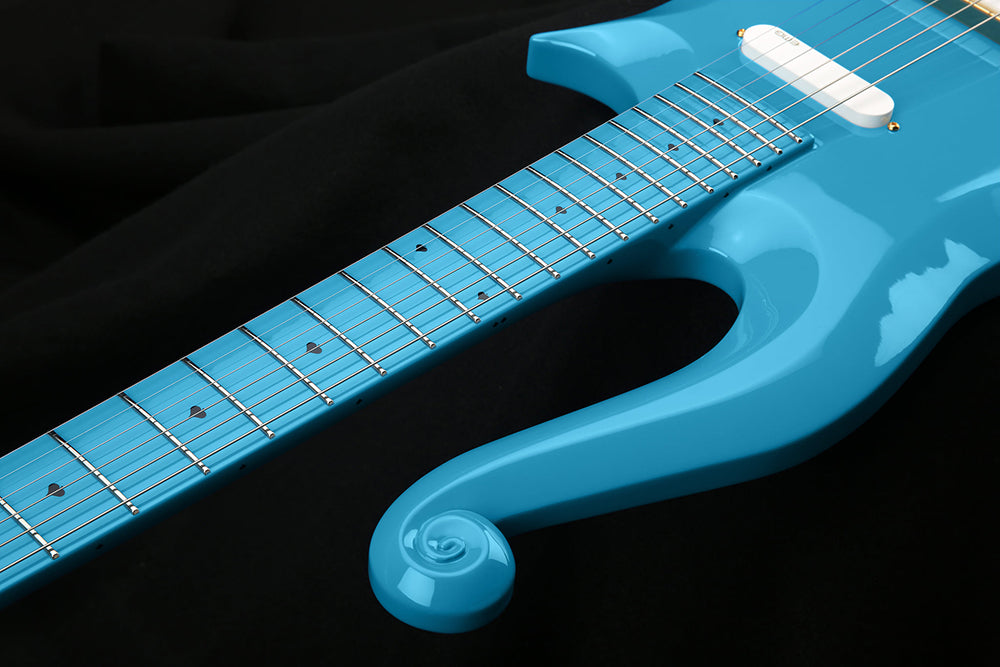

 A Cloud guitar in its early stages.
A Cloud guitar in its early stages.
 Hand-finishing the cutaway.
Hand-finishing the cutaway.



 A finished Cloud guitar, ready to go to its eager customer.
A finished Cloud guitar, ready to go to its eager customer.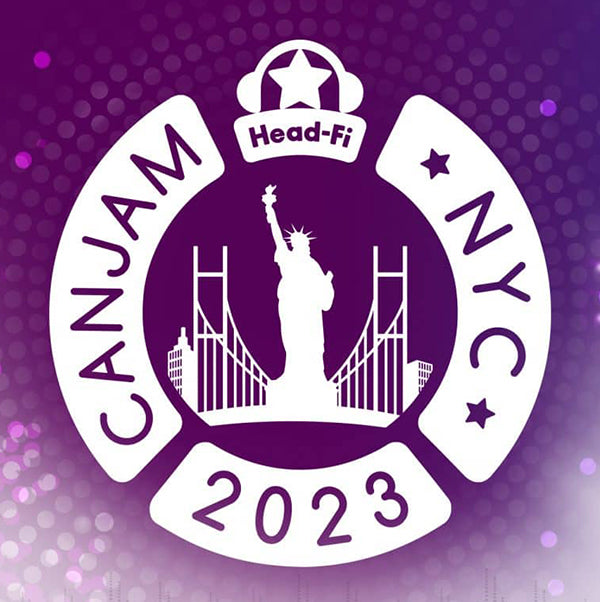
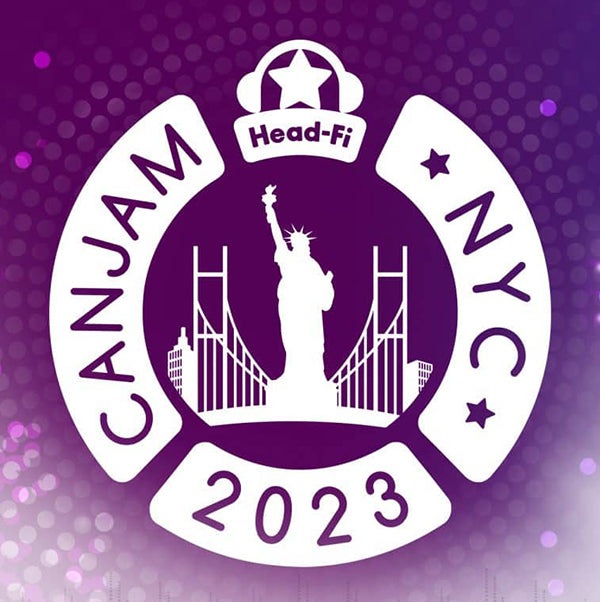
 The Marriott Marquis offered plenty of room for exhibitors and attendees.
The Marriott Marquis offered plenty of room for exhibitors and attendees. Sennheiser is a company that bridges the gap between professional and consumer audio. Their booth was a big draw.
Sennheiser is a company that bridges the gap between professional and consumer audio. Their booth was a big draw. Upscale Audio showcased a selection of high-end headphone amps and electronics.
Upscale Audio showcased a selection of high-end headphone amps and electronics.
 Elysian Annihilator in-ear headphones.
Elysian Annihilator in-ear headphones. Astell&Kern A&ultima SP3000 portable music player.
Astell&Kern A&ultima SP3000 portable music player. 64 Audio Fourté in-ear headphones.
64 Audio Fourté in-ear headphones. HIFIMAN AUDIVINA headphones.
HIFIMAN AUDIVINA headphones.

 Los Angeles dealer
Los Angeles dealer  CanJam always features a wealth of specialty headphone products, including cables.
CanJam always features a wealth of specialty headphone products, including cables. Attendees could take their time to audition the products on display.
Attendees could take their time to audition the products on display.

